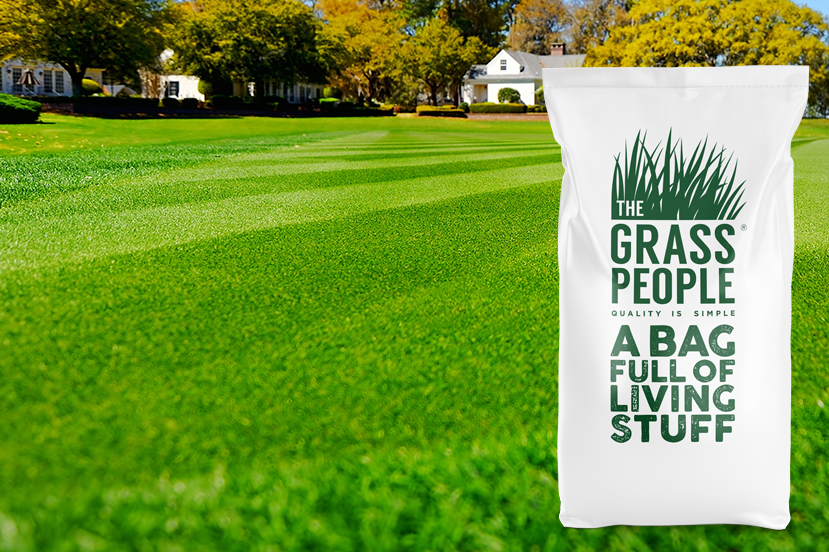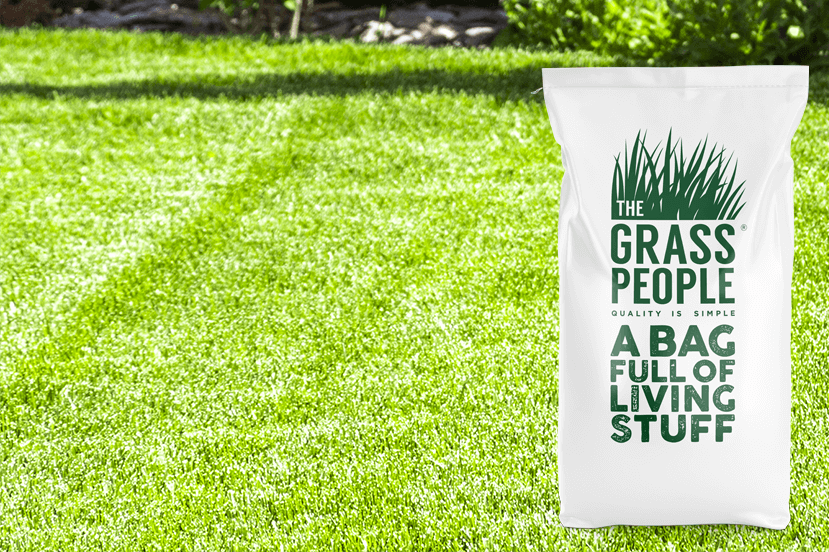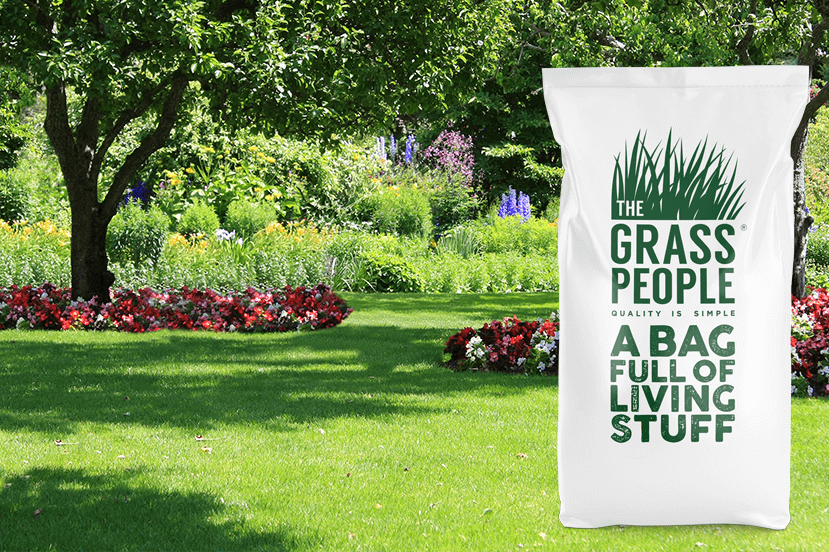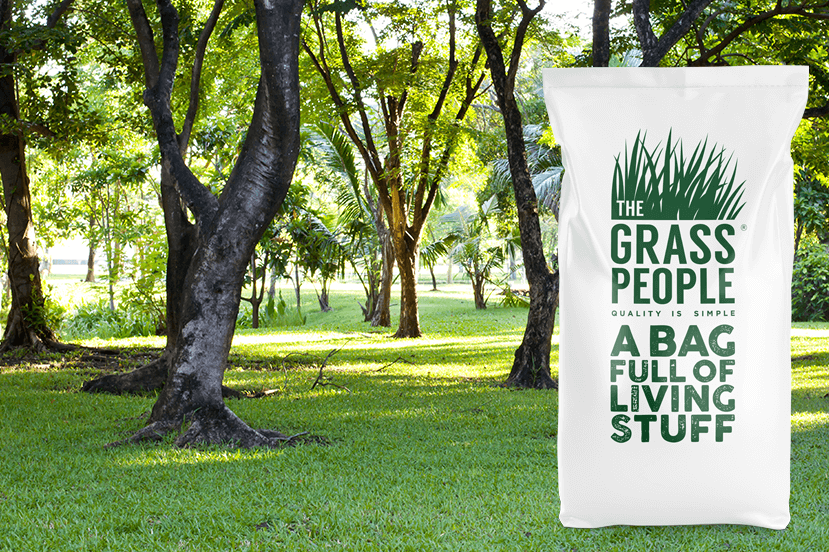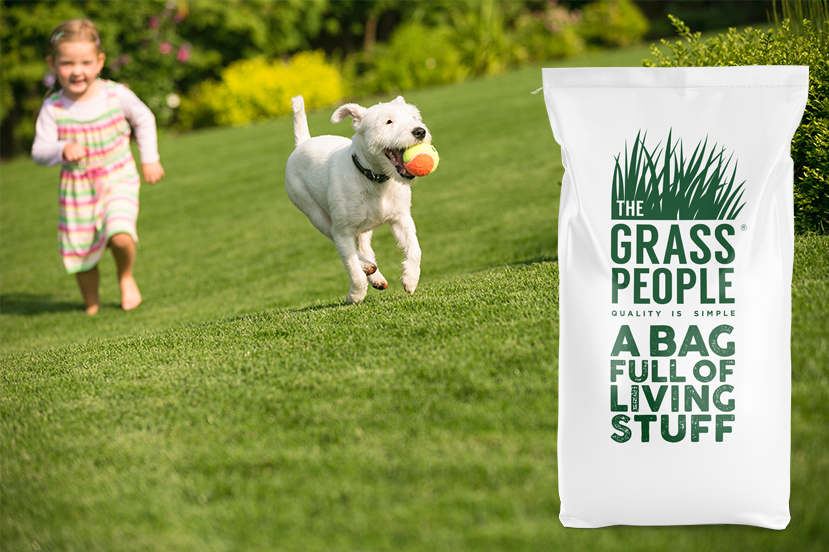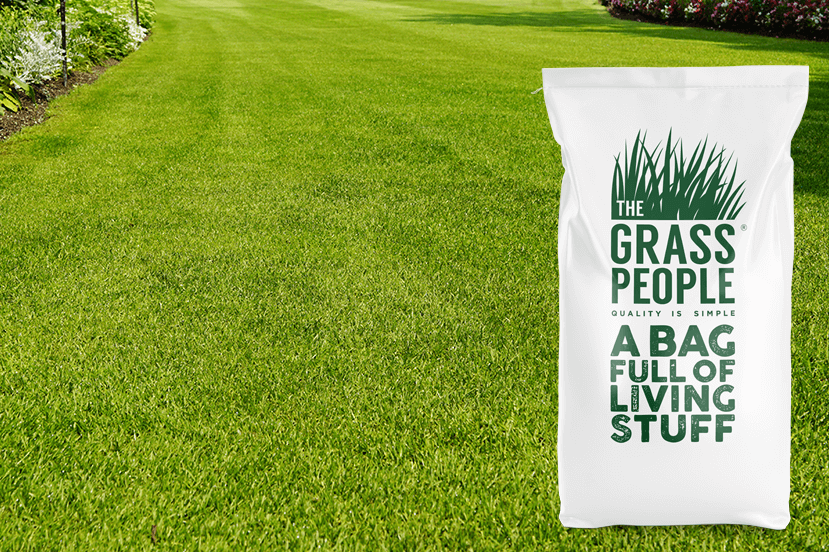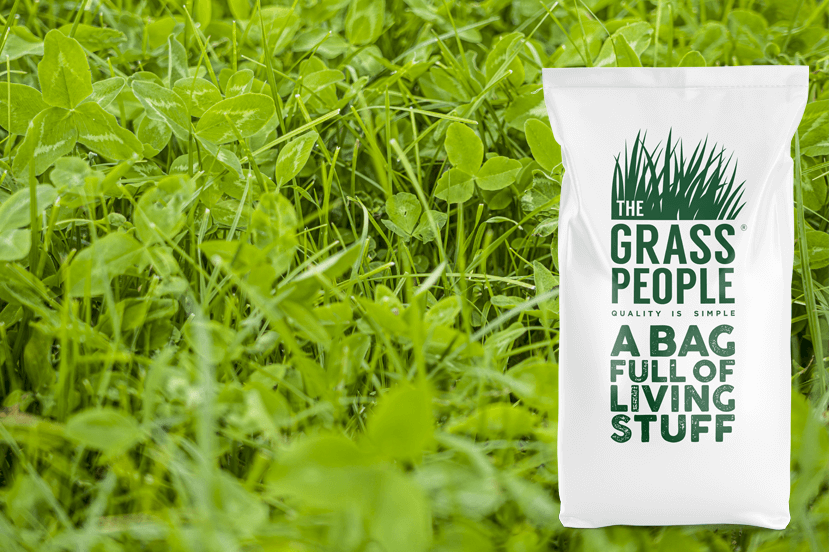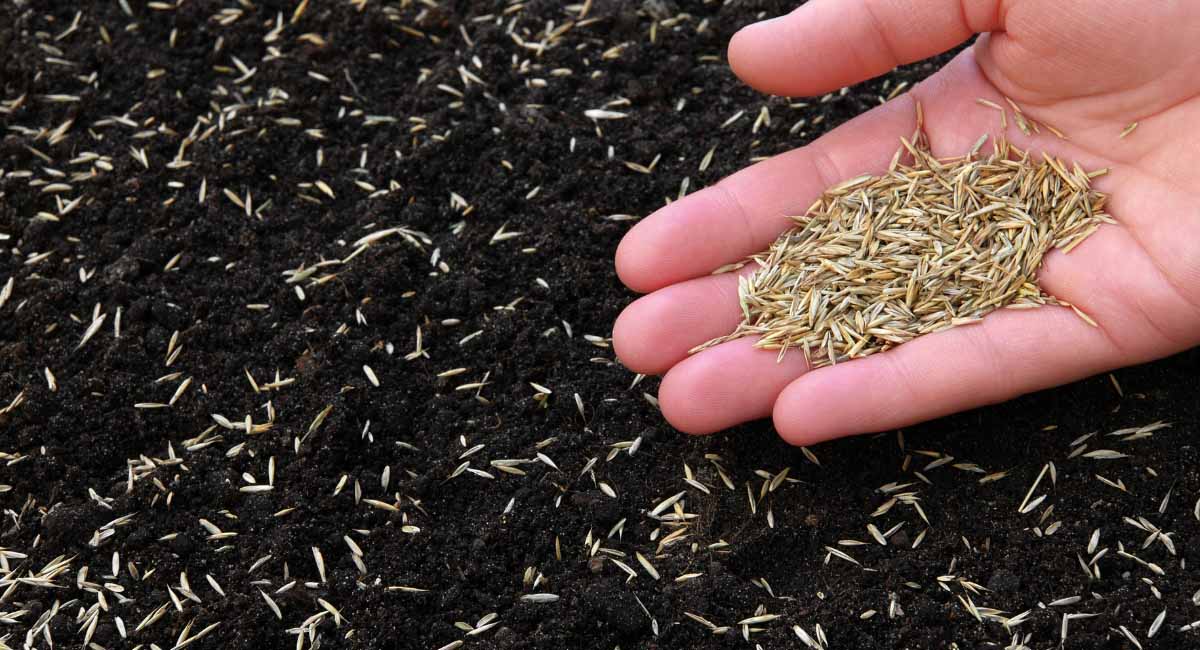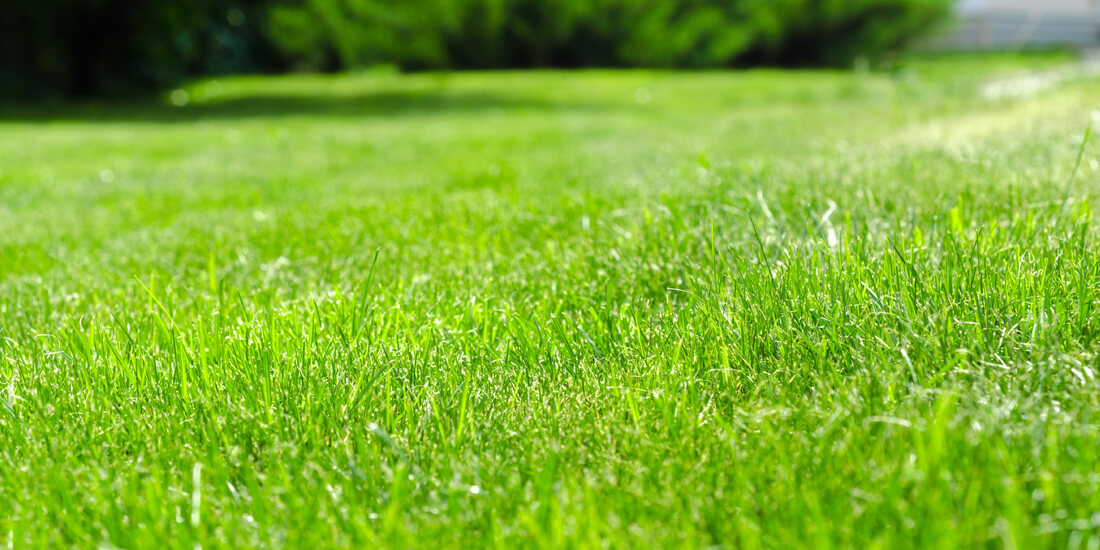How long does grass take to grow?
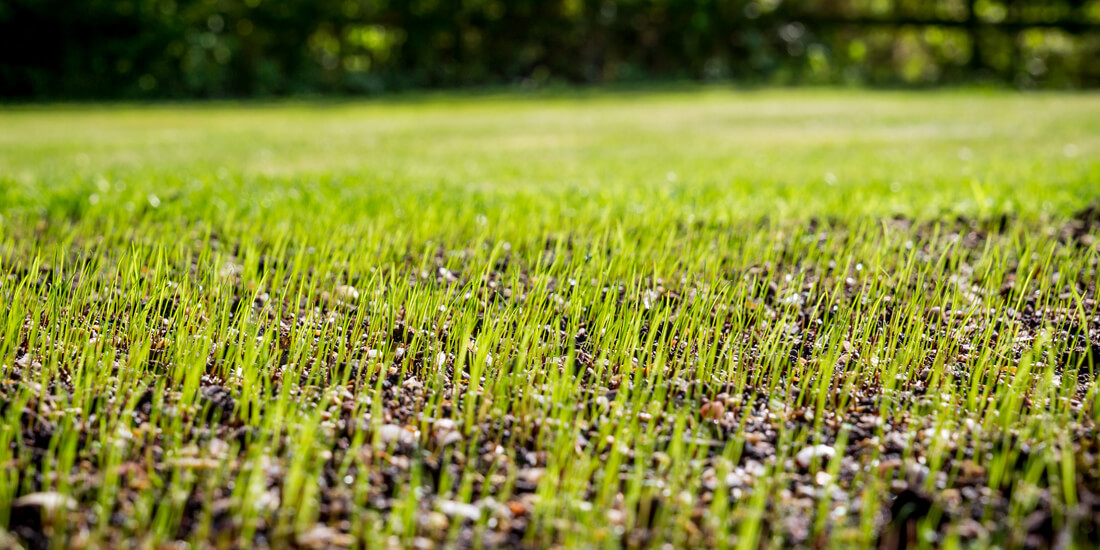
In ideal conditions, most grass seed species will begin to grow about 8-10 days after initial sowing. After 6-8 weeks, the grass will be fully established and provide full coverage across the lawn with no patches. You will be pleased to read this guide, which will ensure your grass grows as quickly as it should!
How long do grass seeds take to grow?
Your grass seedlings will be growing successfully around the 6-8 week mark after you’ve sown your grass seed, and it is around this time that you are free to walk on it, play on it, and enjoy it as much as you see fit! This time frame is determined by how well you’ve prepared your seedbed before sowing and how committed you are to the aftercare. So, knowing how long grass seed takes to grow will help you plan and make time for your prep work.
Please be aware that the successful growth of your garden is subject to a few preparation requirements and aftercare activities that you need to keep in mind. If not, your grass could take longer to grow or, in the worst-case scenario – not grow at all.
To help you with this, we have a detailed video guide on how to sow grass seed to make sure your lawn gets off to its best possible start:
Best preparation to help your grass seed grow
Four things should be considered when sowing grass seed and hoping for the very best outcome, these are:
- Weather and Soil conditions (the environment that the seed is trying to grow in)
- Sowing Method
- Type of Grass Seed
- Aftercare
Weather and soil conditions affect grass growing time
Sunshine, temperature, and water are the primary ingredients that power the growth rate of your grass, and they determine how long it takes for your grass seed to grow. Even with all of these ingredients in place, your lawn can still fall foul due to poor ground preparation and adverse/extreme weather conditions. These issues can cause delays in growth or completely prevent the seedling’s ability to germinate.
This is why weather and soil conditions when the seed is sown are crucial to successful germination and rapid growth of your beautiful new lawn!
Ideal weather for germination
Most grass species will germinate between 8-10 degrees Celcius (and above). Should these temperatures be inconsistent and drop frequently, germination and establishment could take longer.
How do you know when conditions are perfect for growing grass?
Ideally, grass seed should be sown when temperatures range between 8-10 degrees consistently for at least two weeks.
This generally means the ideal sowing season in the UK is from March to September. Always check the weather forecast for frosts, snow, flooding, or heatwaves. When deciding when to sow, consult a two-week forecast.
Ideal soil/sowing conditions
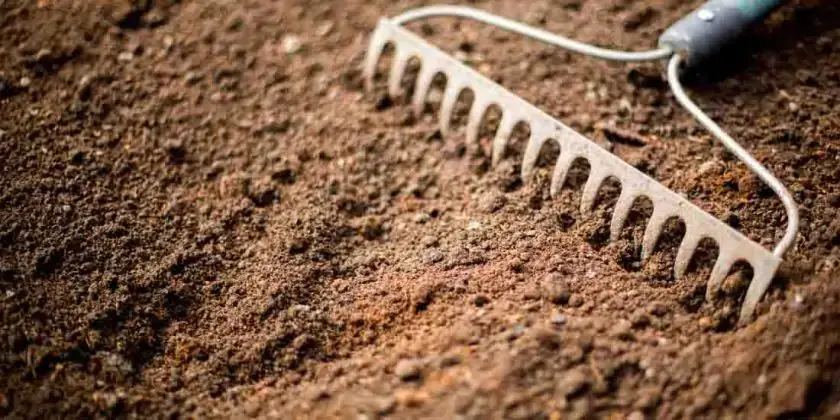
The perfect seedbed for sowing should be free from weeds and mosses, level, and have adequate drainage. If seedbed preparation fails on any of these fronts, your grass seeds may struggle to grow. Similarly, if the seeds are sown incorrectly, they may not germinate. Seeds need heat, moisture, and air from the soil, so if the seeds are too close to the surface, they won’t benefit from the key things they need to germinate.
Be aware of burying the seeds too deep (unable to reach sunlight) or too close to the surface. Sowing at the incorrect rate (too close together or too scattered) will also cause growth issues.
Please read our detailed guide to find the best method for sowing grass seed.
Choosing the best grass seed for your lawn

The best grass seed mixtures are often a blend of multiple grass species. Most of our seed mixes contain blends of perennial ryegrass and fescues, except for a few specialist mixes for sports and shaded areas. We also have other specialist mixes of 100% perennial ryegrass or 100% fescue.
Perennial Ryegrass
This seed offers extremely fast-growing, especially within the UK. Various grass species germinate at different temperatures, equating to how long it takes to grow fully. For example, perennial ryegrass is a cool-season grass and only requires temperatures of 8-10 degrees consistently to germinate. Since the UK gets 8-10 degrees temperatures during the sowing season (spring, summer, and early autumn), fast and efficient growth is easy to achieve.
Fescues Seed
Fescues require slightly warmer temperatures of 10 degrees plus to germinate. We usually hit these temperatures during mild spring and warm summer months in the UK, which helps speed up seed germination. However, temperatures in the UK usually get to 8-10 degrees a lot earlier and more consistently, making perennial ryegrass a relatively faster-growing seed option when compared with fescue.
We use many species of grass seed in our mixes, which you can read about in more detail in our types of grass seed blog post.
What do these different grass seed types do?
What is in your mix will dictate how fast it will grow. As stated before, perennial ryegrass grows faster than fescue – so if you want a fine bowling-green quality ornamental lawn (100% fescue), be prepared to wait a little bit longer and be aware of the ideal growing conditions. Other species offer better wear and tear properties, and some grass seed species even self-repair as they grow!
One of our most popular mixes, SUPERSTAR: Back Lawn, offers you the best of both worlds through its 80% perennial ryegrass content. This seed mix is fast-growing and hardwearing whilst also containing 20% fescue, which helps to give it a fine appearance.
Aftercare for your new grass seedlings
So, you have sown your lawn in the ideal weather conditions in a perfect seedbed, with an ideal mix of grass seedlings for what you need – how can you further guarantee its quick growth? One way to enhance growth is to ensure your lawn is watered evenly.
After sowing your grass seed, you should water your lawn once a day daily and deeply for the first few weeks. Avoid watering when it rains, and you will soon see the little green shoots begin to appear all across your lawn!
For more information about how to water your lawn post-sowing and to keep those little green shoots growing, read our top tips for watering your lawn.
Our Grass Seed Help & Advice and our Grass Seed FAQ sections are packed with helpful information to help you achieve the garden you’ve been dreaming of!
